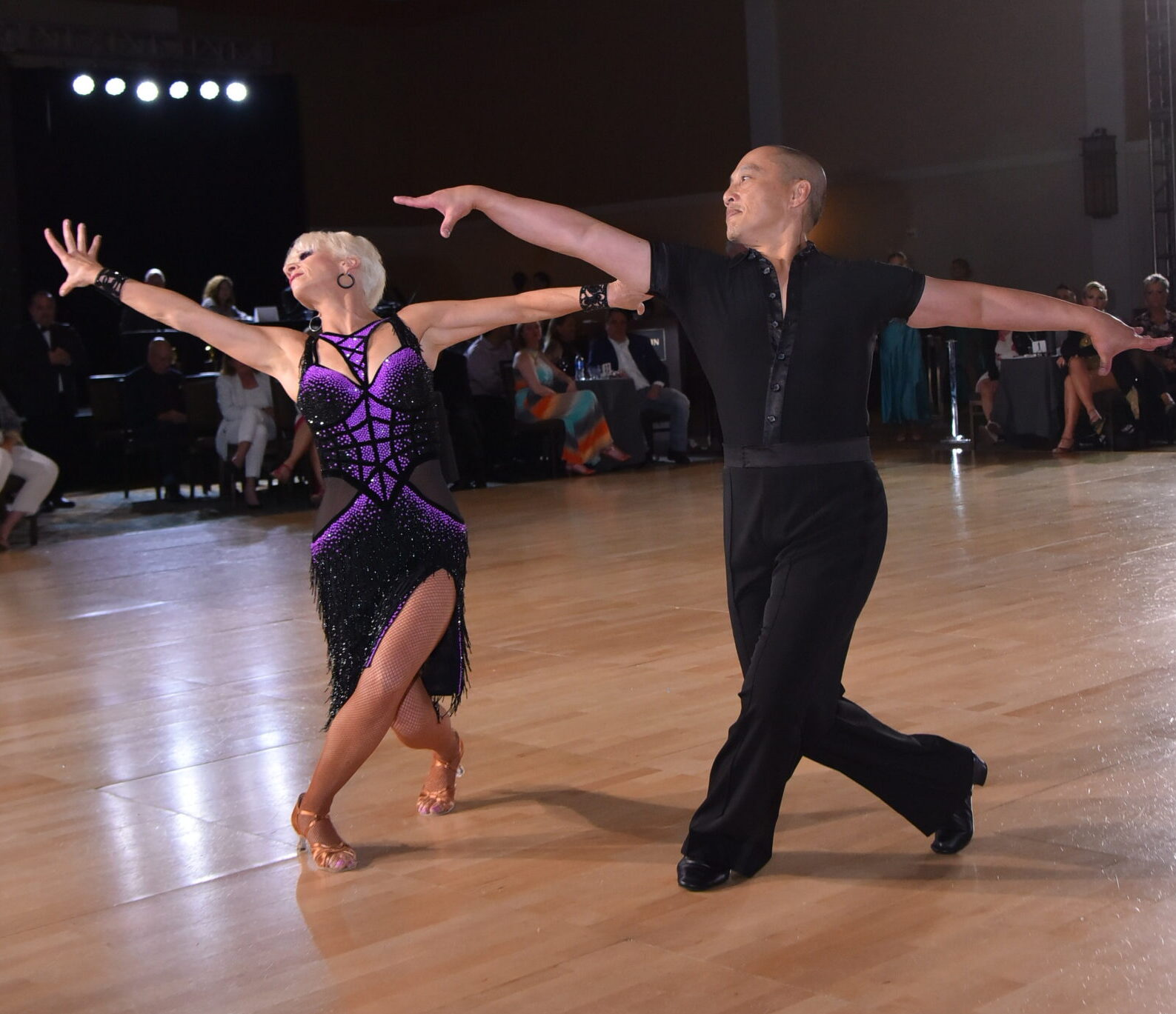I often get accused of being a perfectionist, as if it’s a criminally maladaptive personality trait requiring therapeutic intervention. I certainly won’t dispute the science. When it takes the form of stringent, critical self-examination against excessively high, unachievable standards, perfectionism can be extremely toxic. However, the psychology of perfectionism is complex and it doesn’t always lead to unhealthy consequences. In fact, there is such a thing as a healthy perfectionist.
The difference between unhealthy and healthy perfectionism boils down to expectations. For an unhealthy perfectionist, the gold standard is the goal. A healthy perfectionist, however, draws a distinction between standards and goals. An unhealthy perfectionist expects to achieve the impossibly high standards he sets for himself and is excessively dissatisfied when he falls short. A healthy perfectionist strives for perfection as the ideal standard in order to achieve the realistic goal of simply becoming the best version of himself. I am a healthy perfectionist.
 The Dancing Doc and I practice a lot. Do I think we can achieve perfection in our dancing? Of course not, but that doesn’t mean (much to his chagrin) we shouldn’t try.
The Dancing Doc and I practice a lot. Do I think we can achieve perfection in our dancing? Of course not, but that doesn’t mean (much to his chagrin) we shouldn’t try.
You’ve heard practice makes perfect, right? WRONG! Practice does not make perfect. Perfect practice makes perfect. The Dancing Doc and I are learning new routines. We want to execute them technically well, but our opinions differ in how to achieve this.
HIS WAY
Learn the steps and figures in small, easily consumable chunks. Link chunks together until the entire routine is memorized. Apply fundamental movement principles and proper technique after routine is fully memorized.
MY WAY (a.k.a THE RIGHT WAY)
Ditto what the Dancing Doc says (see above) EXCEPT apply fundamental movement principals and proper technique as we learn steps and figures in small, easily consumable chunks. Link chunks together until the entire routine is memorized. My approach takes a little longer than the Doc’s, but it’s worth it. Even against a competition deadline, it is still more efficient to take the extra time to apply proper technique. Why? Two words: Muscle. Memory.
In case you don’t know, muscle memory refers to the principle of automaticity. It is the ability to execute an action or movement automatically, without conscious thought. This is achieved by frequent repetition (i.e practice) of said action or movement. It’s no secret that repetition is how we memorize routines and execute them on auto-pilot when we hit the competition floor. Muscle memory is how our reflexes and habits…the good ones and the bad ones… become ingrained in our bodies. It is why MY WAY of practicing is the right way.
In the long run, it’s better to take a little extra time to apply proper technique as we learn our routines. When we focus only on the steps, we run the risk of creating bad habits that will need to be broken when we apply the all-important fundamental movement principles and proper technique after the fact.
It bears repeating. Practice does not make perfect. Perfect practice makes perfect.
I am a healthy perfectionist. That’s my story and I’m sticking to it.
copyright 2022 the dancing housewife All rights reserved
